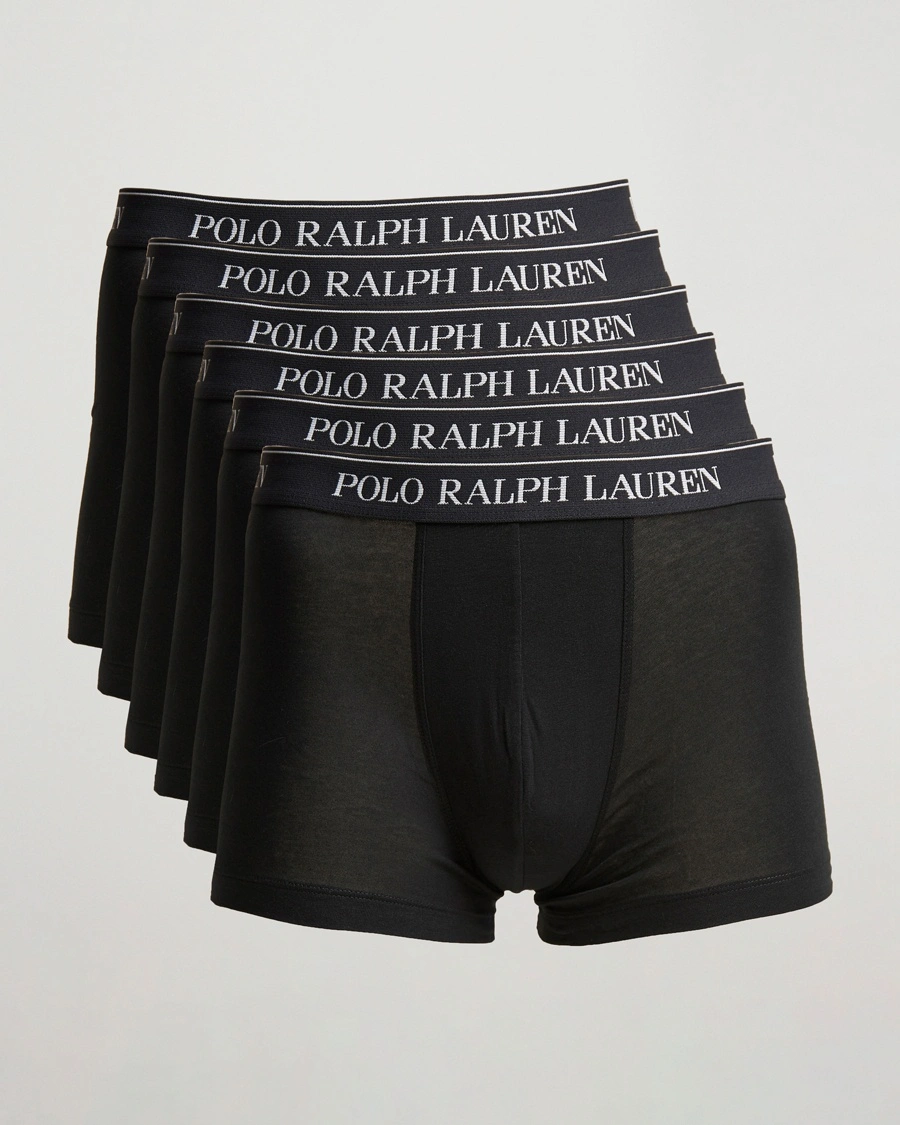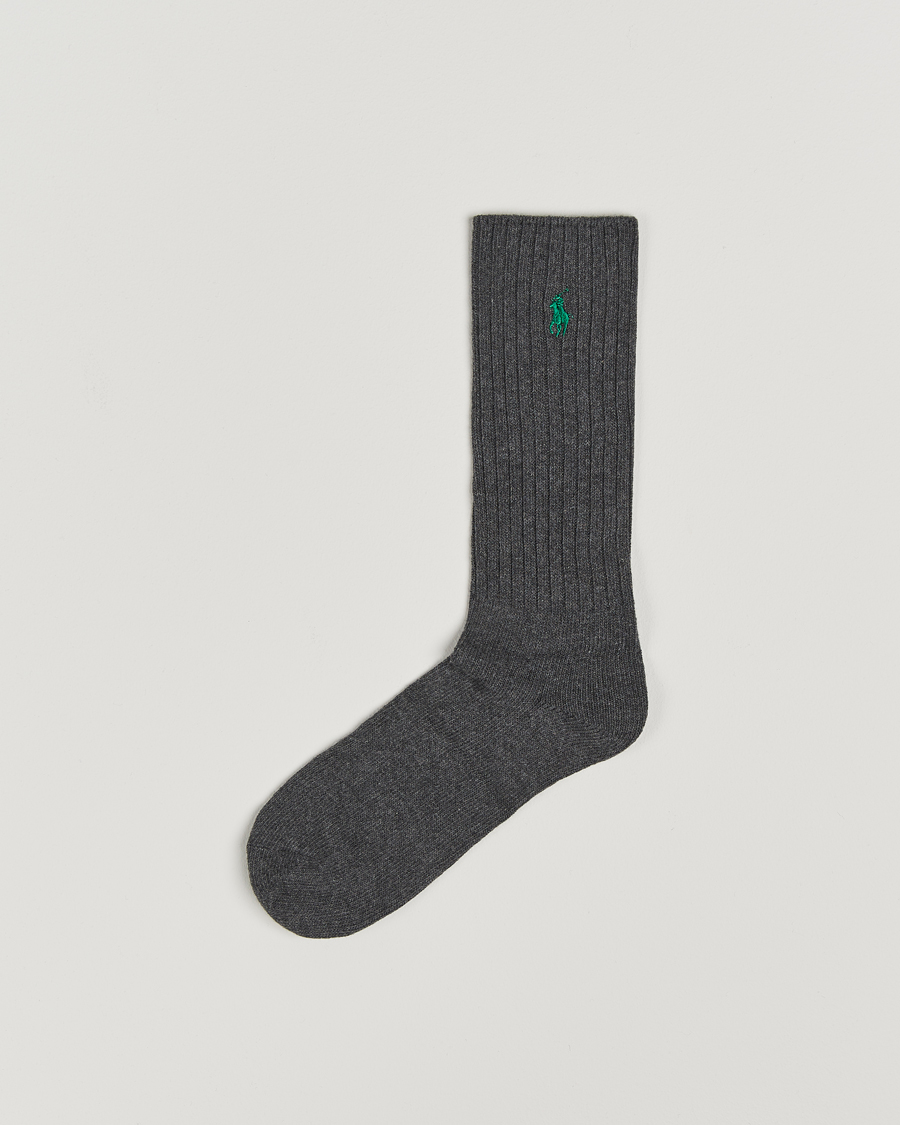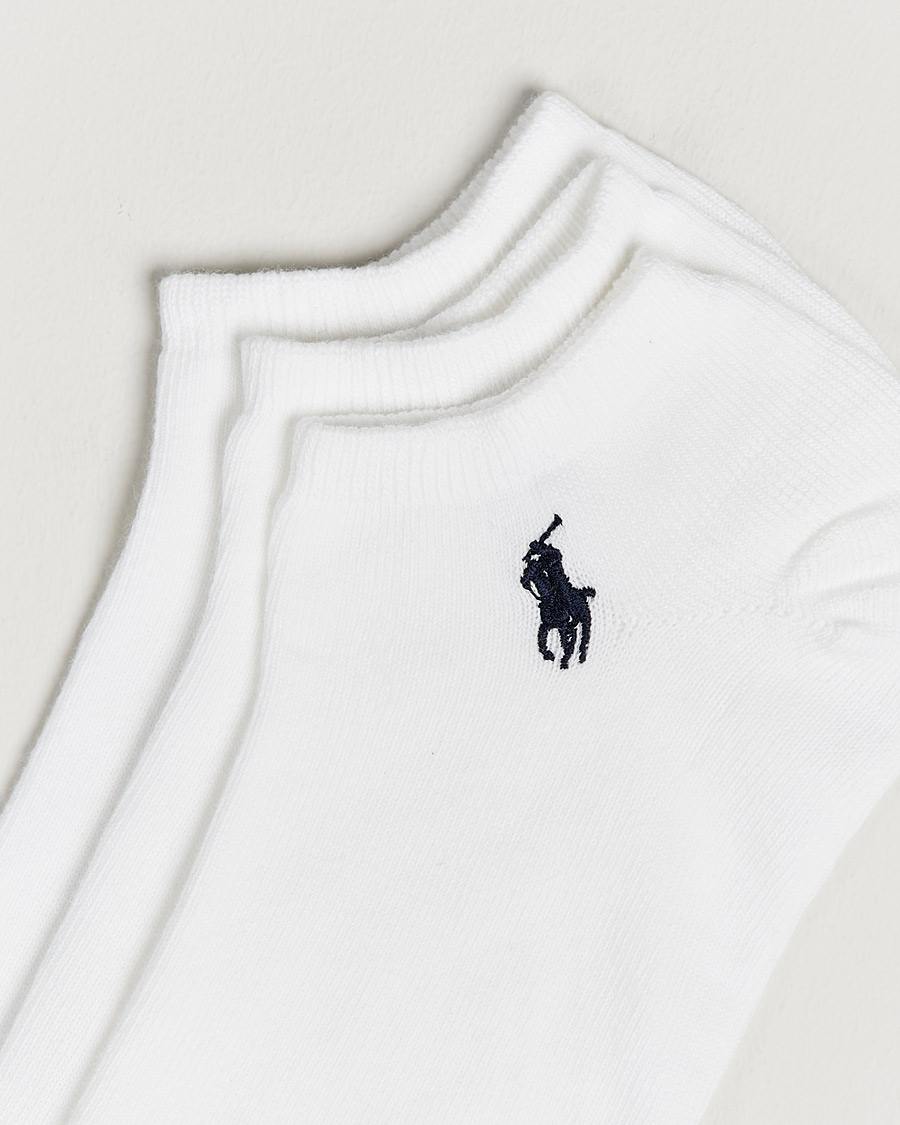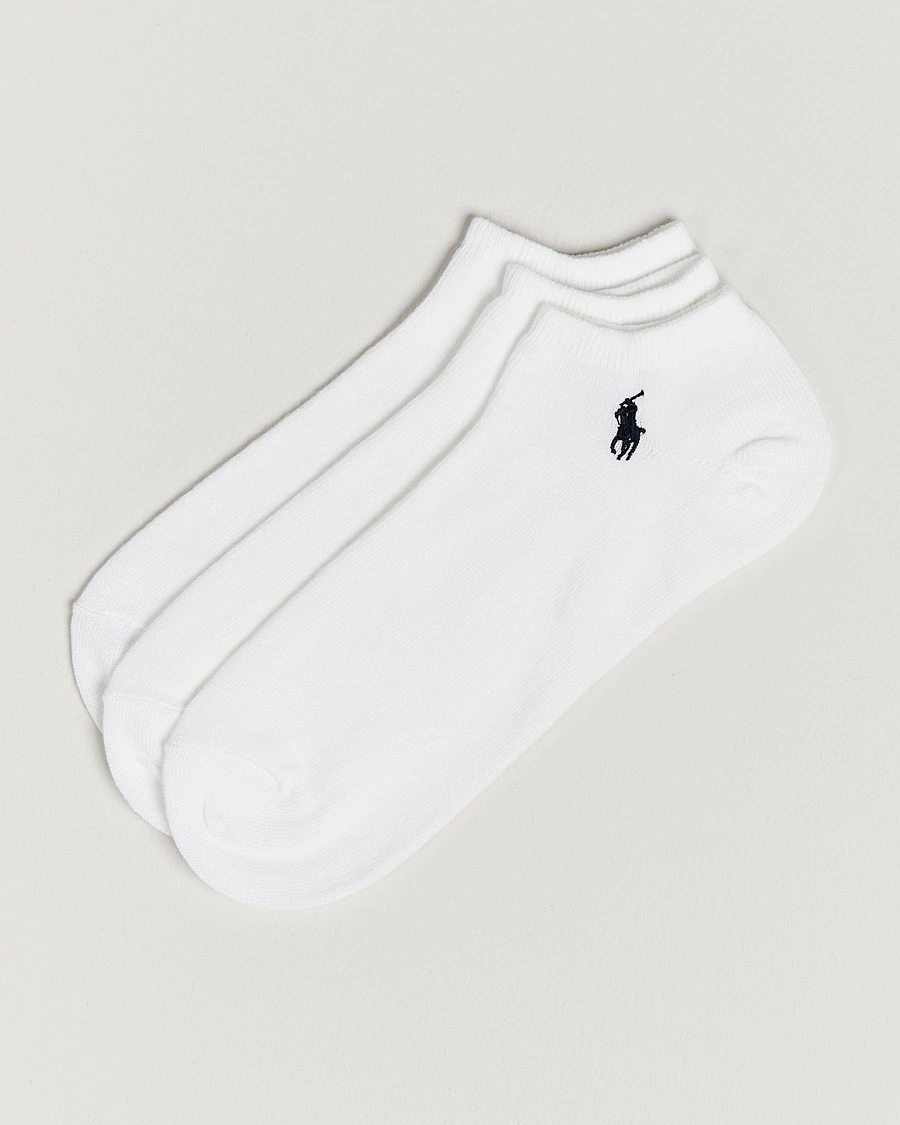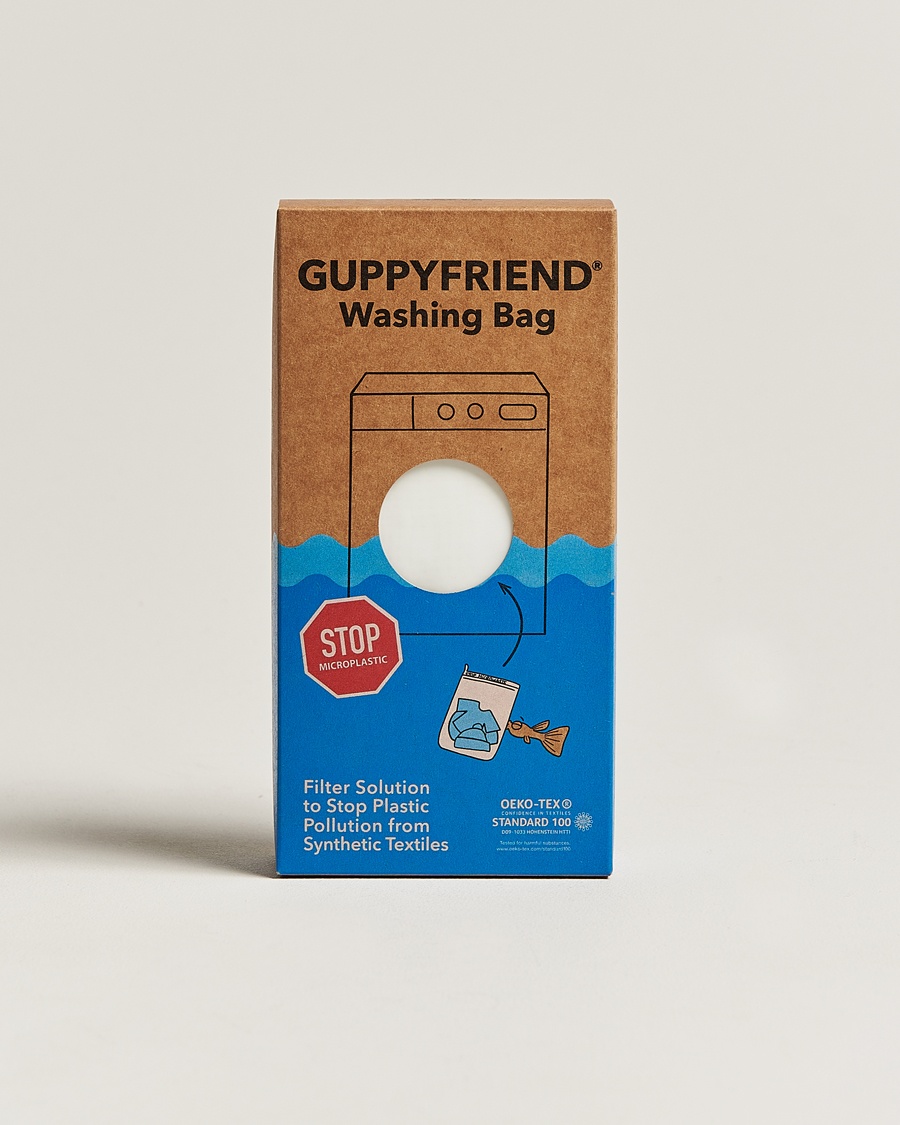
How to wash synthetic materials
Synthetic fibres are produced in an artificial way intended to have specific and desired properties, not least in training and functional clothing. Below are some examples of synthetic materials and advice on how to wash garments made from these materials in the best way.
Text : Mimmi Ljungblad
Photos: Ted Olsson
How to wash different synthetic materials:
Polyester
Polyester is an easy-care synthetic material that is often used in training and functional clothing. The polyester fibres are long, which means that polyester garments are durable, keep their shape well and wrinkle and shrink minimally. However, polyester products easily become static and attract dust and odours, which means that polyester garments need to be washed relatively often. As compensation, the garments are easy to care for and dry quickly as the fibres do not absorb moisture.
How to wash your polyester garments
The key to longer life for your polyester garments is washing in cold, 30 degree water. As the garments need to be washed relatively often, you save on the material if you alternate between machine and hand washing. Keep in mind that the polyester fibres are made of plastic, which means that they melt at high temperatures, therefore do not iron or tumble dry. Be sure to choose a detergent that is specially formulated to eliminate odours at lower temperatures as well as a specially designed fabric softener. Avoid conventional fabric softeners as they wear and shorten the life of some synthetically produced fibres.
How to wash your polyester garments
The key to longer life for your polyester garments is washing in cold, 30 degree water. As the garments need to be washed relatively often, you save on the material if you alternate between machine and hand washing. Keep in mind that the polyester fibres are made of plastic, which means that they melt at high temperatures, therefore do not iron or tumble dry. Be sure to choose a detergent that is specially formulated to eliminate odours at lower temperatures as well as a specially designed fabric softener. Avoid conventional fabric softeners as they wear and shorten the life of some synthetically produced fibres.
Polyamide
Polyamide, or nylon, is like polyester, a synthetic material that is often used in cotton compositions due to its durability. Polyamide, like polyester, absorbs minimal moisture, which means that the material dries quickly and rarely or never shrinks or wrinkles. However, polyamide garments attract dust and odour, which means that garments made from this material need to be washed relatively often.
How to wash your polyamide garments
Wash your polyamide garments like your polyester garments, in cold 30-40 degree water. As the garments need to be washed relatively often, you save the fabric if you alternate between hand and machine washing. Avoid high heat and fabric softener and choose detergent with care.
How to wash your polyamide garments
Wash your polyamide garments like your polyester garments, in cold 30-40 degree water. As the garments need to be washed relatively often, you save the fabric if you alternate between hand and machine washing. Avoid high heat and fabric softener and choose detergent with care.
Elastane
Elastane, also called lycra or spandex, is a synthetic fibre with good stretchability and elasticity. The fibre is often combined with other materials, such as cotton, to create stretchy garments, such as jeans.
How to wash garments that contain elastane
Garments completely made from or mixed with elastane should be washed cold, in 30 degree water. Furthermore, do not use fabric softener as this may damage the elasticity of the fibres. Elastane is a heat-sensitive fibre that does not tolerate high temperatures, so do not tumble dry the clothes but let them hang to dry. In the same way, you should use a damp piece of cotton cloth between the iron and the garment if you are to iron it.
How to wash garments that contain elastane
Garments completely made from or mixed with elastane should be washed cold, in 30 degree water. Furthermore, do not use fabric softener as this may damage the elasticity of the fibres. Elastane is a heat-sensitive fibre that does not tolerate high temperatures, so do not tumble dry the clothes but let them hang to dry. In the same way, you should use a damp piece of cotton cloth between the iron and the garment if you are to iron it.
Garment care for synthetic garments:
Tags:
What did you think about this article?


No comments
Do you want to continue where you were?
Customer service
FAQ
Answers to the most frequently asked questions can be found here.
We aim to reply to your email within one working day.
Personal Style Advice
We currently offer personal style advice through both digital and in-person customer meetings near our headquarters in Borås, Sweden.
If you're interested in booking a session with our personal shopper, send an email to us at [email protected], specifying whether you prefer a digital or in-person meeting, and we will get back to you with more details and available time slots.
Our style advisors look forward to helping you update your wardrobe and invest in timeless, quality garments!
Log in
Choose your delivery country
-
Sweden
-
Denmark
-
Norway
-
Finland
-
Germany
-
Austria
-
Ireland
-
Croatia
-
Cyprus
-
Czech Republic
-
Estonia
-
Greece
-
Hungary
-
Liechtenstein
-
Lithuania
-
Luxembourg
-
Malta
-
Poland
-
Portugal
-
Slovakia
-
Slovenia
-
Bulgaria
-
Latvia
-
Romania
-
United States of America
-
Netherlands
-
France
-
Switzerland
-
Spain
-
Italy
-
United Kingdom
-
Saudi Arabia
-
New Zealand
-
Taiwan
-
United Arab Emirates
-
Japan
-
Australia
-
Canada
-
South Korea
-
Hong Kong
-
Singapore
-
Kuwait
-
Malaysia
-
Qatar
-
Belgium (Nederlands)
-
Belgium (Français)







